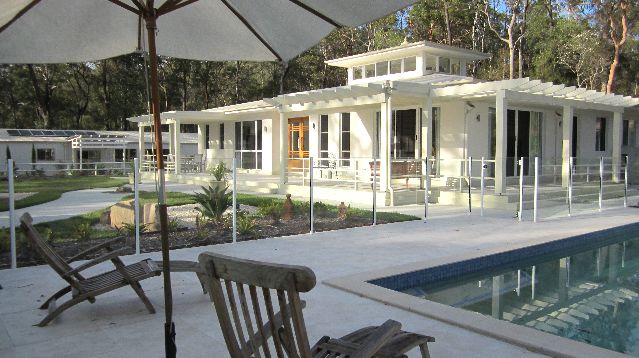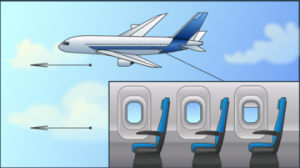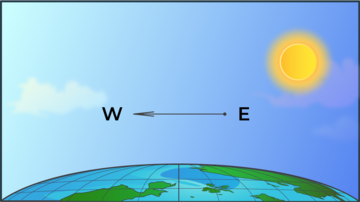Principle Two
The Main Entrance Should Face East, so that the Nourishing Influence of the Morning Sun Falls on the Front Door.

Orientation
The word “Orientation” means
the action of orienting someone or something relative to the points of a compass or other specified positions.
“Orientation” is related to the word “Orient,” which is associated with the Eastern direction.

According to Maharishi Sthapatya Veda, the energy of the sun is different at different times of the day.
You can verify this yourself by a simple test.
At around 9.00 am on a sunny day, stand outdoors facing the Sun, with your eyes closed.

Allow yourself to experience the sensation of the sunlight on your face.
Does it seem fresh, invigorating and full of promise?
You might find other adjectives that spring to your mind.
Later in the day, at 4.00 pm, repeat the activity.
You will be facing West at this time.
Does the Sun’s light feel different to the way if did in the morning – older, more mature, with less potential?
This procedure reveals, in a small way, how much the Sun’s effect on us changes throughout the day. Part of the reason for facing our house toward the rising Sun is to capitalise on those changes and put them to use in enhancing our health and well-being.
There is a very beneficial effect on our physiology when we are exposed to morning sunlight.
An example of this effect can be seen in the results of a study into hospital recovery rates, where patients were placed in rooms that received primarily morning sunlight or afternoon sunlight. The recovery rates of the patients were compared.
Half of the patients were located in bedrooms on the East side of a corridor, receiving Eastern sunlight into their rooms.
The other half were housed in rooms on the West side of the same corridor, receiving only Western sunlight into their rooms.
In other words, some rooms were placed so as to permit sunlight from the East to enter them, whereas in other rooms the sunlight was mostly from the West.
In all other respects the patients had the same treatments, administered by the very same doctors and nurses.
It was discovered that the patients whose rooms were on the East side of the corridor were released from treatment on average nearly four days earlier than the patients in rooms that received only Western light.
Similar principles of orientation have been used in many ancient
traditions all over the world.
For example,
Orientation and Direction of Travel
Have you ever noticed that in nearly all forms of transport, the seats are arranged so that we face the direction of travel?
Planes, buses, cars, trains – the seats usually face toward the front.
What is the reason for this?
The simplest answer is that we feel more comfortable that way.



The Earth, and everything on it, is moving also, but its motion is less obvious.
The Earth is continuously rotating, which makes the Sun appear to move across the sky from East to West, when viewed from the Earth.

When viewed from space, however, we can see that the surface of the Earth is continuously moving towards the East.

From the Earth, the Sun appears to move up, which is caused by Earth rotating towards the East. Viewed from space, it is easy to see how this phenomenon is caused by the movement of the Earth, not of the Sun.
So if we orient our houses towards the East, we will be setting them up to face in the direction of the Earth’s travel.
We spend more time in our houses than we do in vehicles, so the effect of this arrangement will be more long-lasting than any temporary trip.

